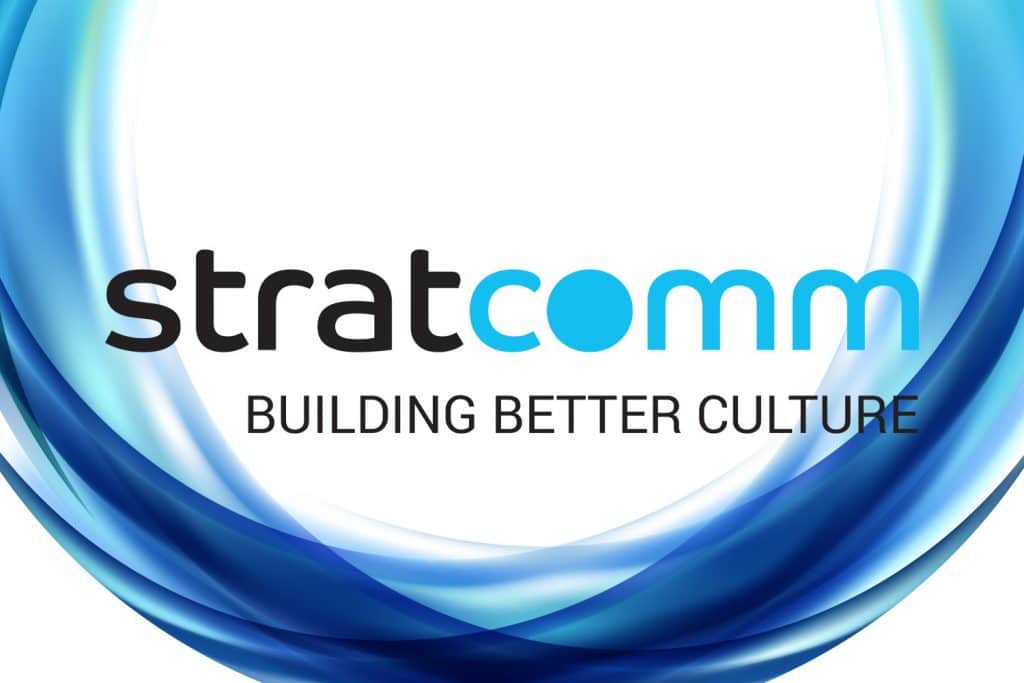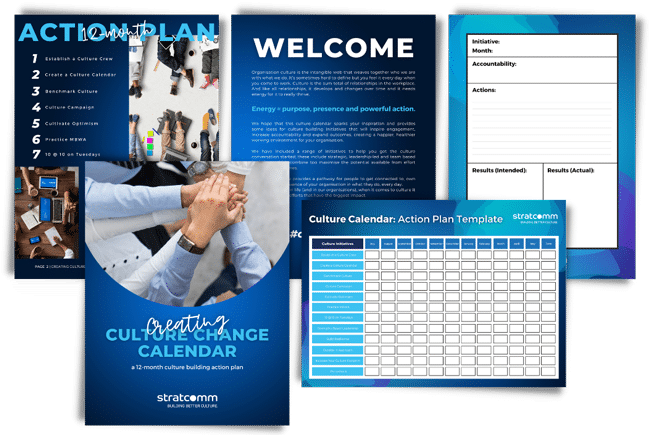Most of us have good intentions. I don’t know about you but when I wake up in the morning, I don’t find myself thinking “I might go to work, gossip a bit, undermine my colleagues, point the finger at others and then head out for lunch”.
Of course not.
But none of us are perfect. We are all prone to thoughts and behaviours and even feelings that cause a misalignment between what we really want or are committed to and what we are actually engaged in.
We mostly wake up positively and with good intention but along the way, something triggers us into a negative thought pattern, action or even series of behaviours that push our behaviour below the line.
Then we find ourselves acting in ways which do not align with our best intentions.
‘Above the line behaviour’ is the concept we use to define behaviours which are positive, encouraged and acceptable in the workplace and usually aligned with an organisations values.
‘Below the line behaviour’ is, well, the opposite. Examples of positive (or above the line) workplace behaviours include; collaboration, open communication, trust, friendliness, solutions development and positivity.
The most common negative behaviours I hear about are; gossip, blame, lack of respect, bullying, poor communication, actions that undermine and withholding information.
The nuance of course is that not all of these words describe behaviours or actions.
If we were only talking about behaviour, it would be an easy task to regulate and control organisational culture to keep a positive orientation and experience alive for employees and within workplaces.
But some of these negative workplace behaviours are in fact attitudes and ways of being that can indicate how a behaviour is likely to be interpreted.
Some 40 ago, research into communicate by Albert Mehrabian indicated that 3 factors influenced communication:
- Words (what is actually said)
- Tone of voice (how we say the words)
- Body Language
We know from this research, that just 7% of what we communicate is via the words, a staggering 93% of what we deliver comes from other sources.
So what does all this mean?
It’s not what we say but who we are being that translates for people.
There is energy behind action, intention behind thought. And this energy and intention is what translates.
So be vigilant with your thoughts and keep them above the line, in positive terrain.
For as surely as day turns to night, thoughts precede action.
The challenge for organisational culture here is basic; culture is the sum total of all of the positive behaviours (and attitudes) and all of the negative behaviours (and attitudes).
It’s not just what we do but how we think that creates negativity and unhealthy organisational culture.
Then we look around, pointing the proverbial finger of our thoughts at those who we deem to be negative, poor communicators and difficult to work with, all the while ignorant to the fact that the very thought that someone else is doing something wrong or should do something more or differently- is an indication that we ourselves have fallen below the line and are part of the negativity we so want to see improved.
I can tell you from experience that not much innovation or positive solutions are likely to come from that negative orientation.
The good news is, as soon as you realise you have fallen foul of your intentions, you can trigger yourself right back up to a space of openness and positivity again.
The simplest way to bounce yourself back above the line is through reflection, a wildly under practiced and much needed skill in organisations today.
Ask yourself:
- What am I doing
- What am I getting
- What do I really want
- What can I change
Empowerment comes from positive orientation, similarly, solutions are simplest to identify and implement when they come from a space of observation, not judgement.
So reflecting on your biggest challenges from the workplace today, ask yourself: is my thinking above or below the line on this topic/challenge/person? And correct your course as necessary to align your actions with your intentions, positioning yourself as a match for the outcome you want.
For more information on this and other topics that help to “build a culture of excellence” register for our free webinar series or register now for our half day workshop.



